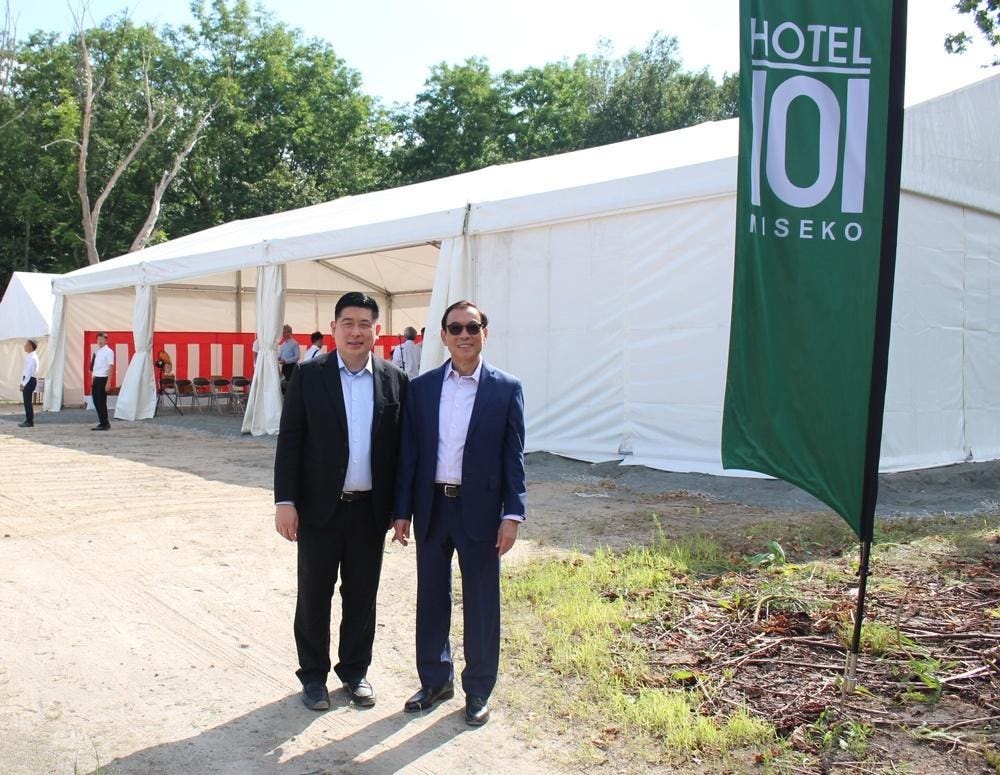Natalia Kuklova is Chief Enterprise Data Science Officer for Webster Bank.
You don’t need a title to lead. Leadership starts the moment you step up. When I transitioned from an individual contributor to an executive, I realized the skills that made me a strong data scientist weren’t enough. It wasn’t just about knowing the data or building the best model anymore—it was about communicating clearly, building trust and creating influence.
But that foundation—the data-driven mindset—helped me in ways I didn’t fully appreciate at the time. It trained me to look for patterns, test assumptions and connect dots others might miss. As I moved into leadership, those instincts became incredibly useful not just in making decisions, but in earning credibility.
Here are nine lessons that defined my transition from contributor to executive—shared to help others navigate their path with greater clarity and confidence.
1. Lead Before The Title
Before I had a formal leadership role, I was already stepping into one. If a problem needed solving, I didn’t wait for permission; I acted. Whether managing a vendor or pulling the data myself, I took ownership.
I didn’t worry about whether it was technically my job. If the CFO or COO asked a question, I treated it with urgency and figured out the answer. Thinking like an owner helped me earn trust early on. Looking back, I wasn’t just building solutions. I was building confidence and reliability, often making complex insights easier to understand and act on.
2. Think Ahead And Frame The Decision
Early in my career, I noticed a pattern: people brought problems to their managers and expected them to figure it out. I did the opposite. Whenever I raised an issue, I brought two or three possible solutions and a recommendation.
That shift showed I wasn’t just flagging problems. I was thinking strategically. As a data scientist, this came naturally: test hypotheses, weigh outcomes and frame decisions with supporting evidence. Leaders already have enough on their plates. What they need are clear choices and a confident point of view.
3. Make Insight Actionable
In analytics, clarity is everything. Even the best analysis is useless if no one knows what to do with it. I often ask my team: If the CEO had 40 seconds, could you explain why this matters?
Our job isn’t just to surface insights, it’s to make them usable. That means translating complexity into simple, actionable narratives. Real influence comes from making your work easy to understand and even easier to act on. That’s where technical depth meets leadership impact.
4. Empower Others To Lead
As an individual contributor, I checked every detail myself. Delegating felt risky. Letting go meant trusting others to get it right, which took time.
I started small, reviewing my team’s work closely until I saw they were ready for more. While delegation may feel like it’s about handing off tasks, it’s really about creating space for others to step up. And as someone trained to look for both anomalies and strengths, I was able to coach people in a way that helped them grow with confidence.
5. Lead With Clarity, Act With Purpose
Whether I’m launching a new initiative or navigating a high-stakes moment, I approach it like a business case: What moves the business forward?
That doesn’t mean streamrolling through. When someone pushes back, I get curious. Objections often reveal missing context or a better path. By asking questions and staying grounded in both logic and empathy, I’ve built stronger solutions and stronger relationships.
6. Push Forward By Simulating What’s Next
“Done” is never the finish line. After every launch, I ask: How can we make it better?
To improve with purpose, we simulate what’s next—market shifts, product performance, behavior changes. As a data scientist, this is second nature. But as a leader, it became less about the model and more about the mindset: stay curious, stay iterative, stay accountable.
7. Future-Proof Your Team
Every Friday, we step away from the day-to-day and focus on learning. We call it “Learning Friday”—and it’s a non-negotiable part of our culture. We also host FUSE (Friday Uniting Shared Expertise), a space for the team to share breakthroughs and trends. These conversations help sharpen technical skills, encourage critical thinking and prepare our team for whatever’s next.
8. Lead From The Middle
Leadership isn’t just top-down. It’s horizontal too. I show up like an executive in every conversation. If I’m speaking with finance, I think like a CFO. If it’s marketing, I understand the messaging and budget constraints. My goal is always to be a trusted partner, not just someone with answers, but someone who understands context.
And while I came through data, I’ve learned that one of the most powerful ways to lead is to help others connect the dots for themselves.
9. Listen Deeply And Lead Where There’s Energy
Listening is more than hearing words. It’s about tuning into what’s unsaid.
Often, the real need isn’t stated directly. I try to sense it and step in with support or structure that moves things forward. The same skills I once used to surface hidden insights from datasets now help me read the room and lead with intuition. But I’ve also learned not to force change where it’s not wanted. Instead, I focus on teams that are open and ready. Energy is limited, so I invest it where there’s momentum.
From Execution To Elevation
The shift from individual contributor to executive is about changing how you create value. You move from doing the work to enabling others to do it well.
You still solve problems, but you solve them through people, not in spite of them.
For anyone in that transition, here’s my advice: Act like the leader you want to become. Lead with curiosity. Deliver with consistency. Stay close enough to the work to make decisions that matter.
Stop waiting to be called a leader. Show up like one.
Forbes Technology Council is an invitation-only community for world-class CIOs, CTOs and technology executives. Do I qualify?









